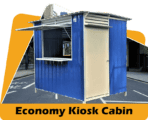9 Sustainable Construction Materials That Are Taking Malaysia by Storm | RumahHQ

In a world where construction often conjures images of towering buildings and sprawling developments, there’s a quiet revolution taking place in Malaysia—a movement towards sustainability. As we all become more conscious of our impact on the environment, the construction industry is stepping up to the plate with innovative materials that not only promise durability and efficiency but also lend a helping hand to our planet. Imagine walking through your neighborhood and seeing structures made from materials that are not just good for the eye but also good for Mother Earth. Intrigued? In this article, we’re diving into 9 sustainable construction materials that are taking Malaysia by storm. From bamboo to recycled plastics, these materials are redefining what it means to build responsibly. So, whether you’re a builder, a homeowner, or just someone curious about how we can build a greener future, let’s explore these exciting developments together!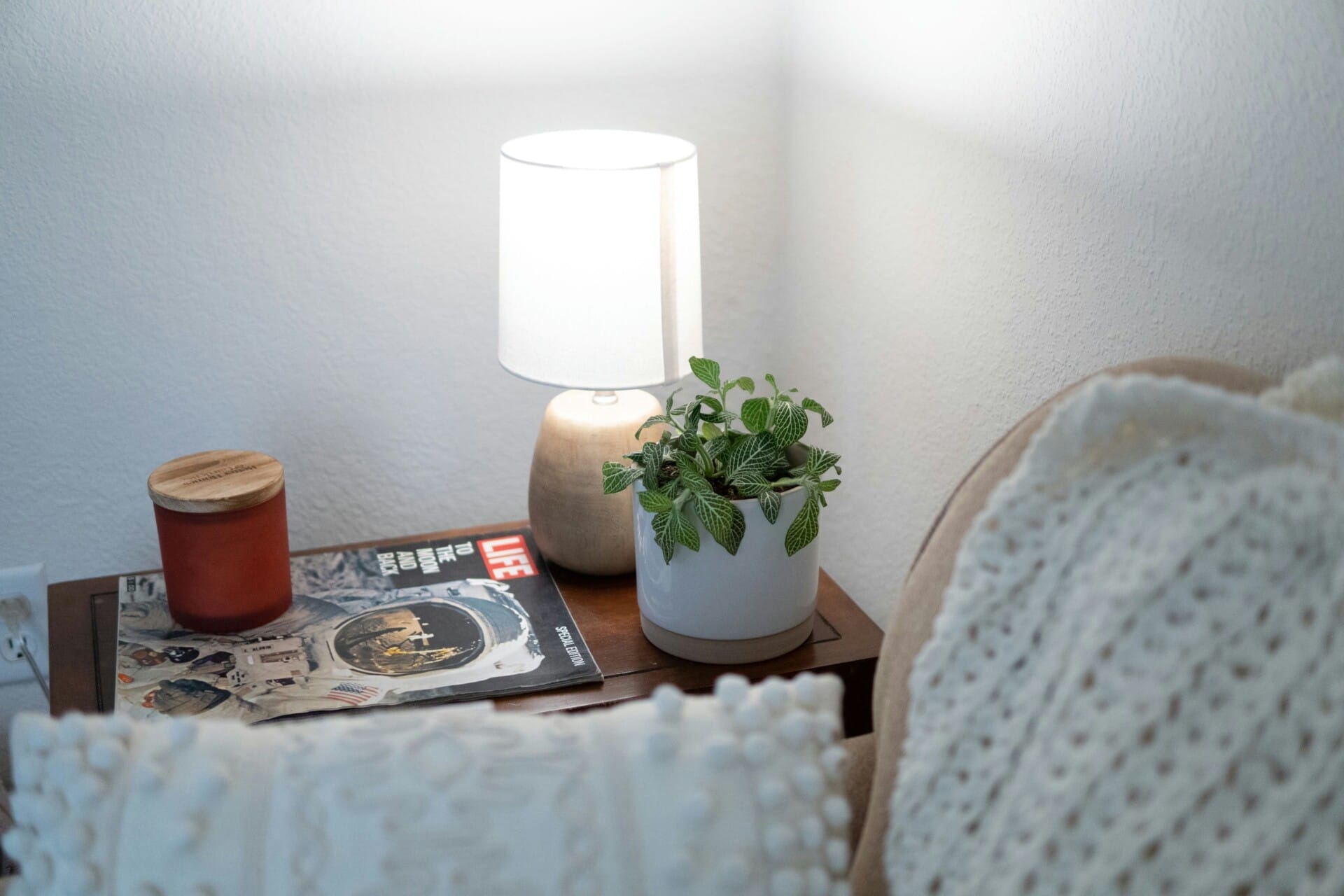
The Rise of Eco-Friendly Building Practices in Malaysia
In recent years, Malaysian builders and architects have started turning their attention to sustainable construction materials, marking a significant shift in the industry. This change is not just about being trendy; it’s a response to growing environmental concerns and a commitment to a greener future. Eco-friendly materials not only minimize environmental impact but often offer superior durability and cost-effectiveness over time. As a result, they are quickly becoming the go-to choice for many new projects across Malaysia.
One of the standout players in the eco-friendly materials scene are Bamboo and Recycled Steel. Bamboo is incredibly versatile and strong, making it perfect for everything from structural columns to flooring. Meanwhile, recycled steel provides robust structural support without the hefty carbon footprint of new steel production. Additionally, materials like Rammed Earth and Aerated Concrete are gaining popularity. These options are not only sustainable but also offer excellent insulation properties, thus enhancing energy efficiency in homes and buildings.
Aside from the materials themselves, innovative techniques like Green Roofs and Rainwater Harvesting Systems are becoming essential in sustainable architecture. Incorporating these features not only beautifies urban environments but also contributes to biodiversity and helps manage stormwater, reducing urban heat. Here’s a quick overview of how these materials stack up:
| Material | Benefits |
|---|---|
| Bamboo | Fast growth, strong, and renewable. |
| Recycled Steel | Durable, recyclable, and reduces resource extraction. |
| Rammed Earth | Natural insulation and carbon sequestration. |
| Aerated Concrete | Lightweight, energy-efficient, and fire-resistant. |
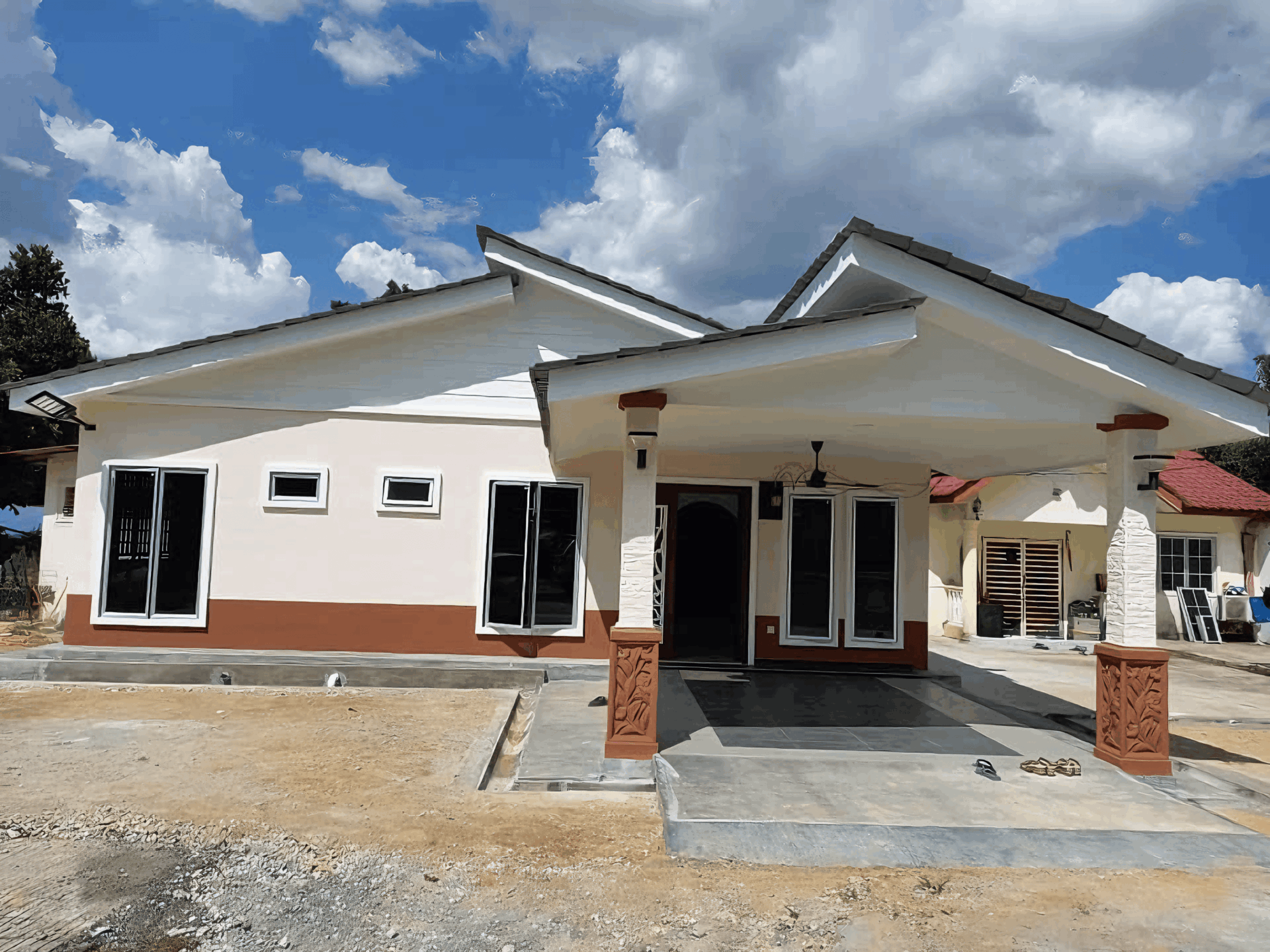
Exploring the Benefits of Bamboo as a Sustainable Material
Bamboo is truly a wonder of nature, and its growing popularity in sustainable construction only highlights its remarkable characteristics. One of the most significant benefits of bamboo is its rapid growth rate. This grass can reach maturity in just three to five years, making it a highly renewable resource compared to traditional timber, which can take decades to grow. By utilizing bamboo, builders can significantly reduce the ecological footprint associated with sourcing construction materials.
Another major advantage is bamboo’s strength and durability. Though it may look delicate, this material is incredibly resilient and can withstand a substantial amount of weight and pressure. Many builders have found that bamboo can even outperform steel in tensile strength. This has led to its use in a range of applications, from structural elements in homes to flooring and furnishings, all while maintaining aesthetic appeal with its unique texture.
bamboo’s natural properties contribute to a healthier living environment. It is known for its ability to improve indoor air quality, as it can absorb toxins and release oxygen. Additionally, bamboo is naturally resistant to pests and mold, cutting down the need for harmful chemical treatments. As for aesthetics, its warm color and elegant patterns can enhance the design of any space, making it a stylish choice for modern Malaysian homes that value sustainability.
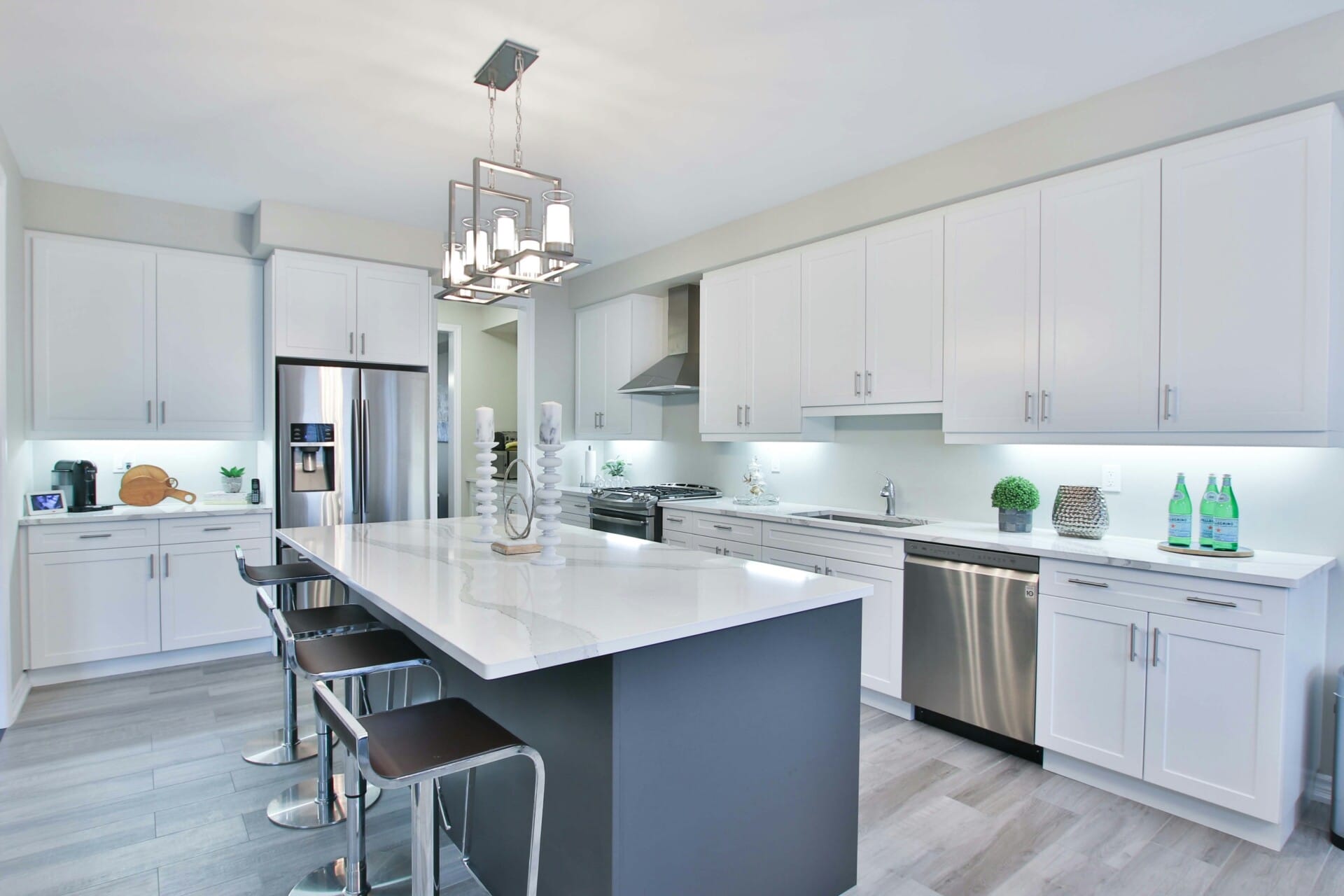
Harnessing the Power of Recycled Plastics in Construction
One of the most exciting innovations in construction is the use of recycled plastics. This approach not only tackles the growing plastic waste problem but also transforms it into durable building materials. By incorporating recycled plastics, construction firms are now able to use materials like plastic lumber, which is created from post-consumer plastics, to produce strong and weather-resistant solutions that can significantly reduce the environmental impact of building projects. Some potential applications of recycled plastics in construction include:
- Fencing and decking: A sustainable option that withstands the elements.
- Roofing tiles: Lightweight and long-lasting alternatives.
- Insulation materials: Enhanced thermal properties for energy efficiency.
Moreover, integrating recycled plastics not only promotes sustainability but also offers economic advantages. Using these materials can often lead to cost savings on lifecycle expenses such as maintenance and energy consumption. For instance, buildings using recycled plastic components tend to have better insulation properties, resulting in lower energy costs over time. This shift leads to a healthier bottom line for both contractors and homeowners, making sustainable options not just eco-friendly but also financially savvy.
Malaysia is already witnessing a gradual rise in the adoption of these materials. Local research and development initiatives are paving the way for innovative construction techniques that prioritize sustainable practices. By embracing the use of recycled plastics, the construction industry can help drive Malaysia towards a greener future while setting a benchmark for other countries in the region. The potential for innovation is immense, with possibilities like:
- 3D-printing structures: Utilizing recycled plastics can revolutionize building projects.
- Modular homes: Cost-effective and efficient construction methods.
- Infrastructure rehabilitation: Repairing existing structures with eco-friendly components.
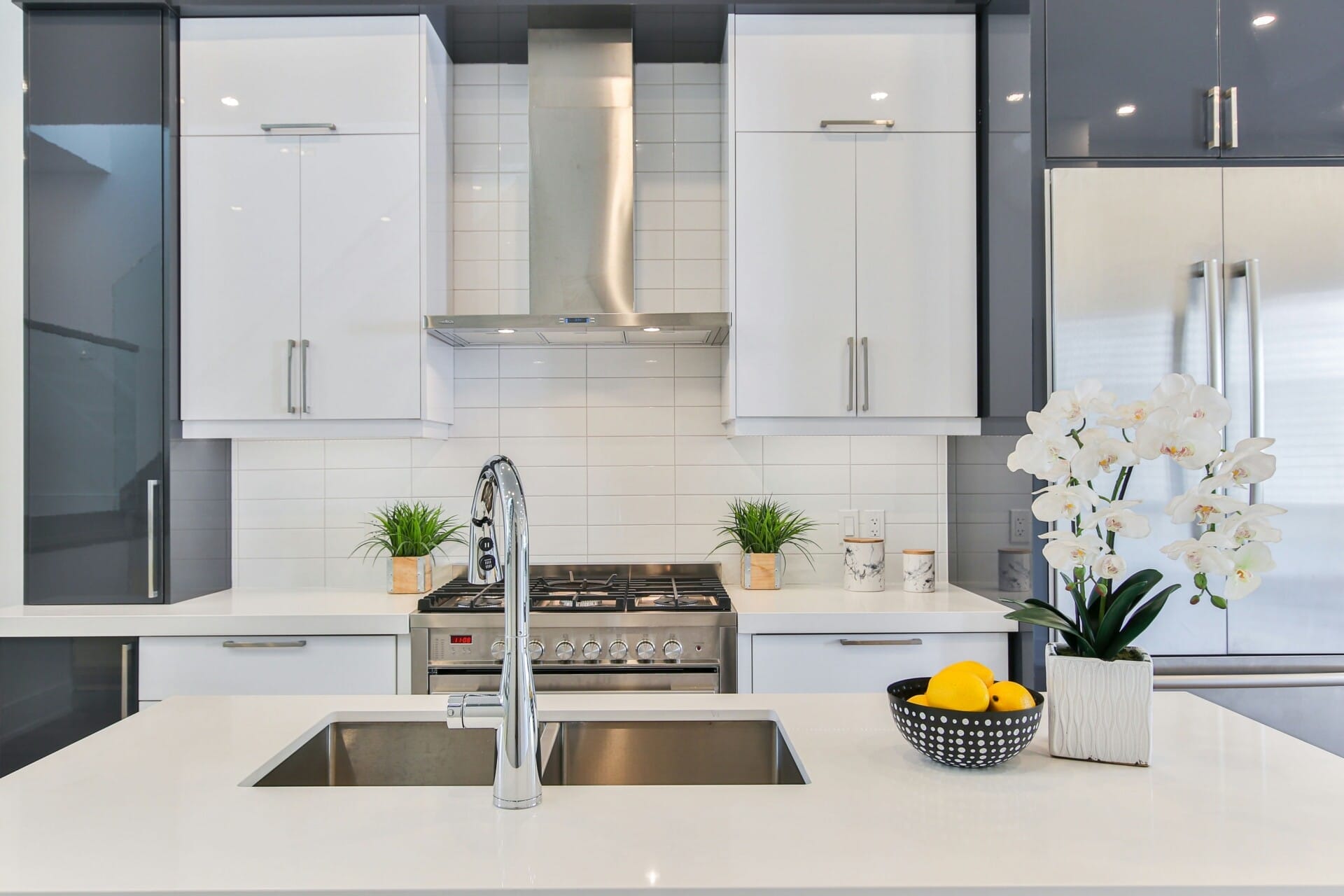
The Future is Green: Innovations in Rammed Earth Techniques
As the world shifts its focus towards sustainability, rammed earth techniques are paving the way for a greener future in construction. This innovative method uses natural soil as the primary building material, compacting it into sturdy walls that not only look stunning but also contribute to energy efficiency. The vibrant textures and earthy tones create a unique aesthetic that resonates with modern architectural trends. As urban spaces expand, architects are discovering how this age-old technique pairs beautifully with contemporary designs, offering a sustainable alternative that’s hard to ignore.
In Malaysia, local craftsmen and builders have been experimenting with various soil compositions to enhance the properties of rammed earth. The incorporation of natural additives, such as lime or stabilizers, helps boost durability and strength while maintaining eco-friendliness. Additionally, the thermal mass properties of rammed earth help regulate indoor temperatures, reducing the need for artificial heating and cooling systems. This not only leads to lower energy bills but also minimizes the overall environmental impact of the building. Imagine living in a home that embraces its surroundings while keeping energy use to a minimum!
Collaboration between architects, engineers, and environmentalists is crucial in advancing rammed earth construction in Malaysia. Educational workshops and community projects have emerged, promoting this sustainable practice among budding builders. By educating the public on the benefits and versatility of rammed earth, more people are likely to embrace this eco-friendly alternative. As we look to the future, it’s exciting to see how this traditional technique will evolve, making a lasting impression on the Malaysian skyline while preserving our planet for generations to come.
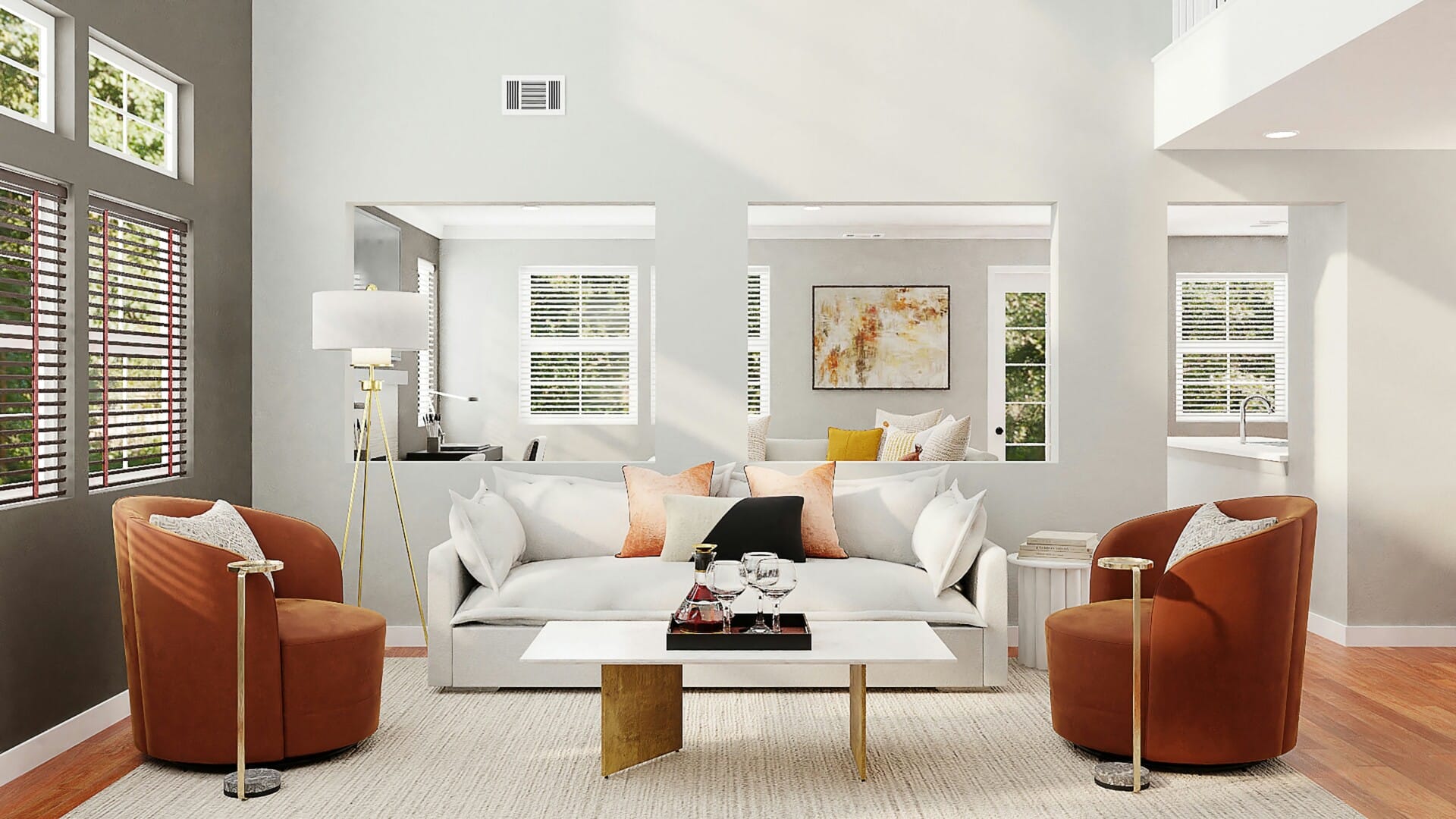
Harnessing Local Resources with Laterite Stone
Laterite stone, with its earthy charm and robust characteristics, is rapidly gaining traction in sustainable construction across Malaysia. This naturally occurring material is formed through the weathering of rocks in tropical regions, making it an abundant resource. Its rich reddish-brown hue not only provides aesthetic appeal but also helps in reducing the overall environmental impact associated with traditional building materials. The unique properties of laterite, such as its thermal mass and durability, make it a favorable choice for designing eco-friendly homes and public structures.
One of the standout features of laterite stone is its versatility. Builders are utilizing it in various applications, including:
- Walls and facades: Its natural beauty adds character to the exterior of any building.
- Walkways and driveways: Laterite provides a slip-resistant surface ideal for outdoor spaces.
- Retaining walls: Its strength offers stability for landscaped areas.
- Landscaping features: With its ease of shaping, laterite can create stunning garden walls and features.
This approach not only celebrates local resources but also fosters community involvement. As more builders and architects dive into laterite’s potential, they’re supporting local economies and reducing transport emissions. Imagine entire neighborhoods being constructed from materials sourced right from the heart of Malaysia, creating a sense of identity and uniqueness. By integrating laterite stone into construction projects, the focus shifts from merely building structures to building sustainable legacies.
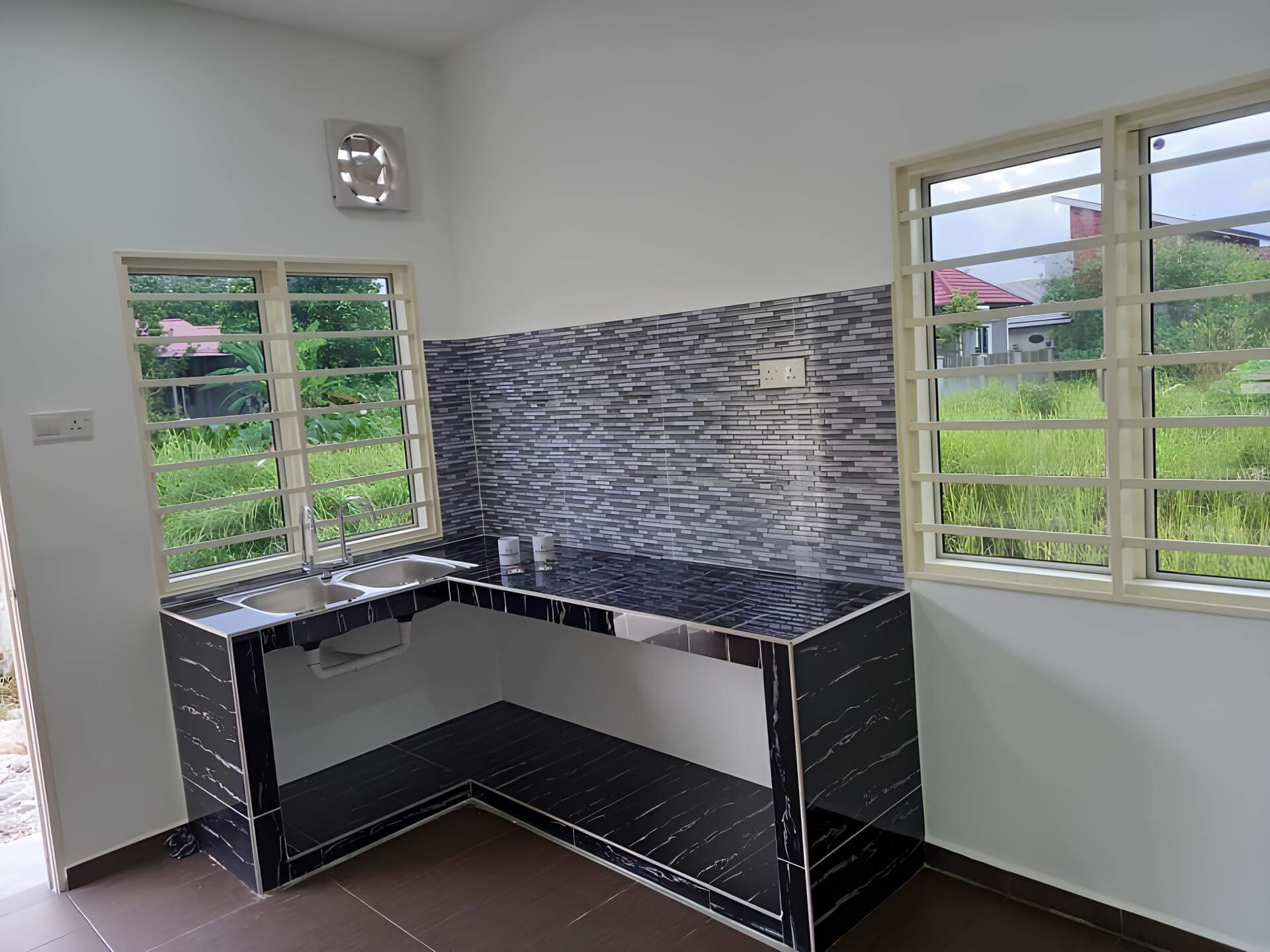
Understanding the Role of Hempcrete in Energy-Efficient Homes
Hempcrete is making waves in the realm of sustainable building, particularly in energy-efficient homes. This unique biocomposite, made from the inner fibers of the hemp plant mixed with lime, offers more than just an eco-friendly alternative. It’s a lightweight, insulating material that helps regulate indoor temperatures, keeping homes cool during Malaysia’s sweltering heat and helping retain warmth when it’s breezy. This natural insulator enables homeowners to reduce their reliance on air conditioning and heating systems, ultimately leading to lower energy bills.
Another standout feature of hempcrete is its breathability. Unlike traditional concrete, hempcrete allows moisture to escape, which is vital in Malaysia’s humid climate. This characteristic reduces the risk of mold growth and dampness, ensuring a healthier living environment. Moreover, with its exceptional thermal mass, hempcrete can absorb heat during the day and release it when temperatures drop, providing consistent comfort in homes without the excessive use of energy.
When considering the long-term benefits, hempcrete also contributes to the overall sustainability of a building. By integrating this material into homes, builders can significantly lower their carbon footprint. As a crop, hemp grows rapidly and sequesters carbon, making it a clever choice for eco-conscious consumers. In summary, utilizing hempcrete in construction not only aligns with modern energy-efficient practices but also supports a sustainable future for Malaysia’s building industry.
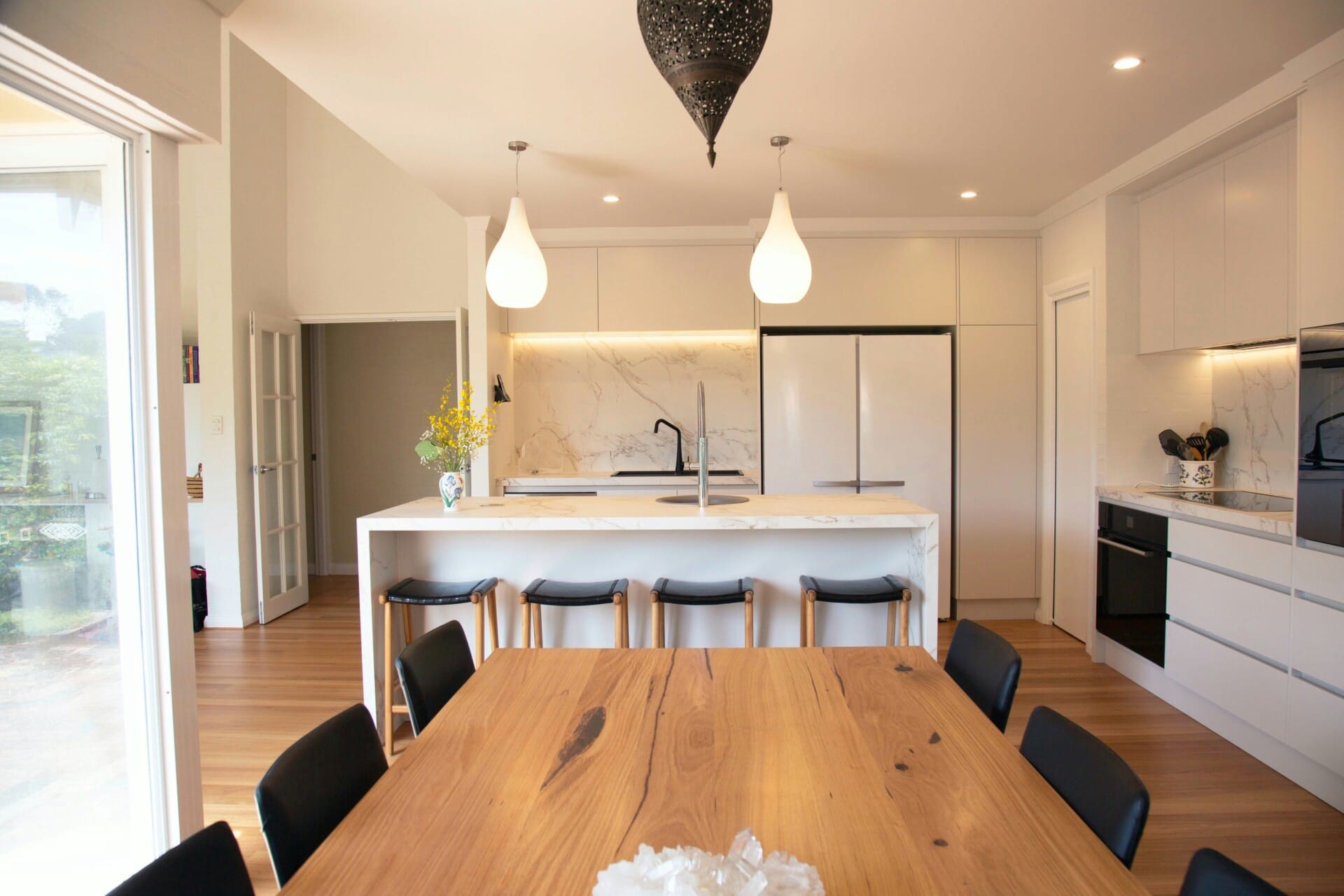
Integrating Green Roofs for Urban Resilience
As cities become increasingly crowded, finding ways to incorporate nature into our urban spaces is crucial for enhancing sustainability and resilience. Green roofs, a budding trend in Malaysian urban architecture, provide not only aesthetic value but also a plethora of environmental benefits. By transforming empty rooftops into lush gardens, we can combat issues like air pollution, urban heat islands, and stormwater runoff.
These vegetative layers offer a natural insulation system, which can drastically reduce energy consumption in buildings. With Malaysia’s tropical climate, the use of plants that require minimal maintenance and are drought-resistant can lead to lower water usage and promote biodiversity. Some popular plant selections include:
- Ferns: Ideal for shaded areas and excellent for retaining moisture.
- Succulents: Perfect for sunny spots due to their low water requirements.
- Native Plants: Attract local wildlife while being adapted to local conditions.
Moreover, green roofs can even be a tool for urban agriculture, enabling city dwellers to grow their own food in limited spaces. Investing in this sustainable solution not only leads to healthier living environments but can also enhance property value. The potential benefits don’t stop there—green roofs can significantly reduce stormwater runoff, aiding in flood management, which is a growing concern in Malaysian cities. By prioritizing green infrastructure, we pave the way for resilient and thriving urban communities.
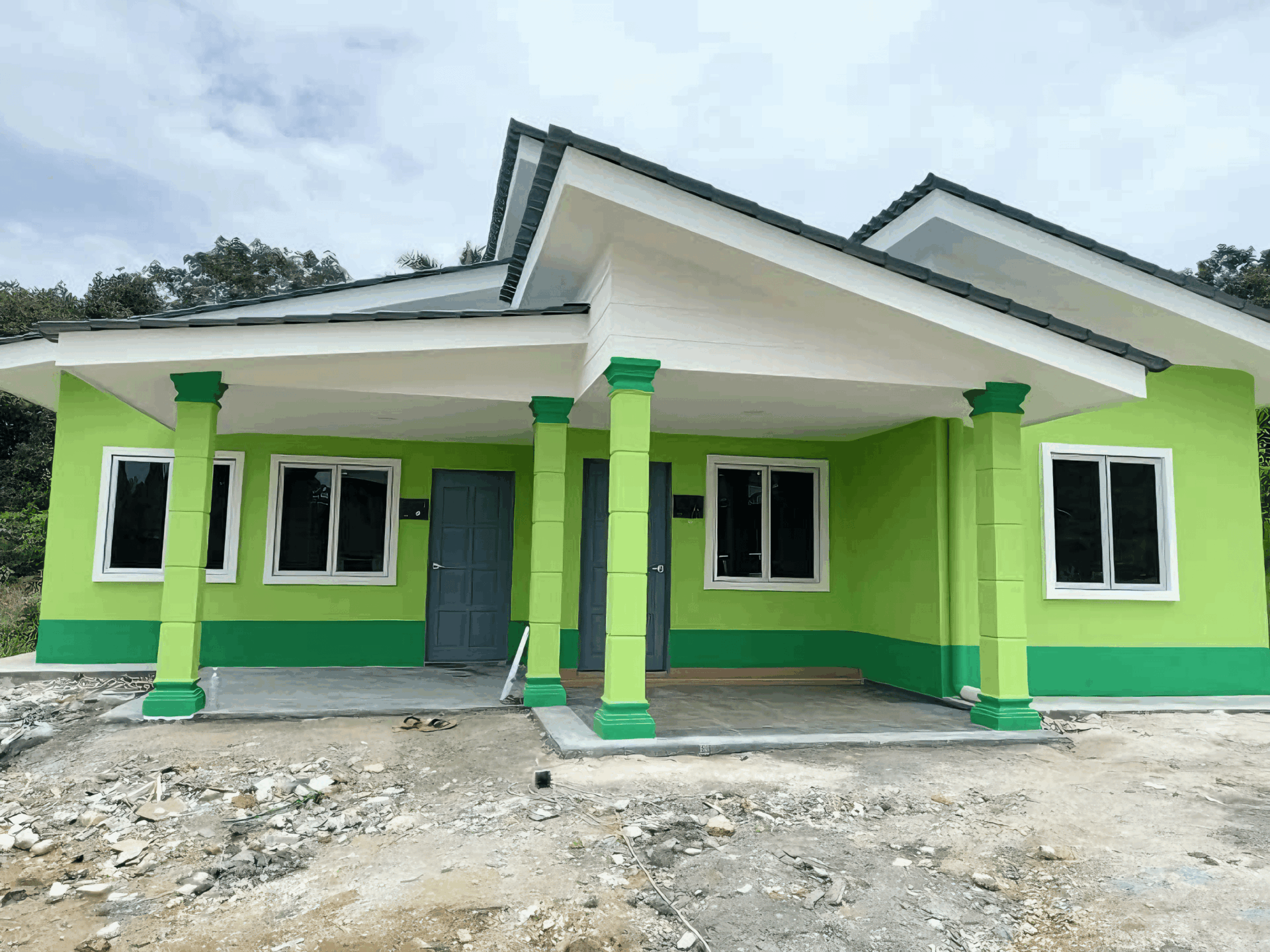
Choosing the Right Sustainable Material for Your Next Project
When embarking on a new project, picking the right sustainable material can be a real game-changer. It’s not just about being eco-friendly; it’s about enhancing the overall quality and durability of your build. Luckily, Malaysia is home to a variety of sustainable materials that are not only good for the environment but also packed with unique benefits. From bamboo to recycled glass, you have plenty of exciting options to explore.
Here are some popular sustainable materials that are making waves:
- Bamboo: Rapidly renewable and highly sturdy, bamboo is perfect for flooring, furniture, and even structural applications.
- Recycled Steel: Strong and durable, using recycled steel reduces waste and cuts down on material costs.
- Rammed Earth: This ancient building technique uses soil to create walls, offering excellent thermal mass and a unique aesthetic.
- Reclaimed Wood: Sourced from old buildings or furniture, reclaimed wood not only minimizes deforestation but also adds character to any project.
Choosing the right material often comes down to understanding their benefits and how they align with your project goals. If you want effective insulation while reducing waste, consider materials like straw bales or hempcrete. They provide excellent thermal properties and are incredibly sustainable. Below is a simple comparison of these materials:
| Material | Key Benefits |
|---|---|
| Bamboo | Fast growth, strong, visually appealing |
| Recycled Steel | Durable, eco-friendly, cost-effective |
| Hempcrete | Lightweight, insulating, mold-resistant |
| Rammed Earth | Thermal mass, soundproof, low impact |
The Way Forward
And there you have it! As we wrap up our journey through the world of sustainable construction materials taking Malaysia by storm, it’s clear that our country is stepping up to the plate in more ways than one. These innovative materials not only help reduce our carbon footprint but also support local industries and promote a healthier environment for future generations.
So whether you’re a homeowner looking to build your dream space or a contractor aiming for that eco-friendly edge, consider these sustainable options. Together, let’s create a greener, more resilient Malaysia. After all, it’s not just about building structures, but about building a sustainable future for us all. Keep this momentum going, and let’s pave the way for a brighter tomorrow! 🌱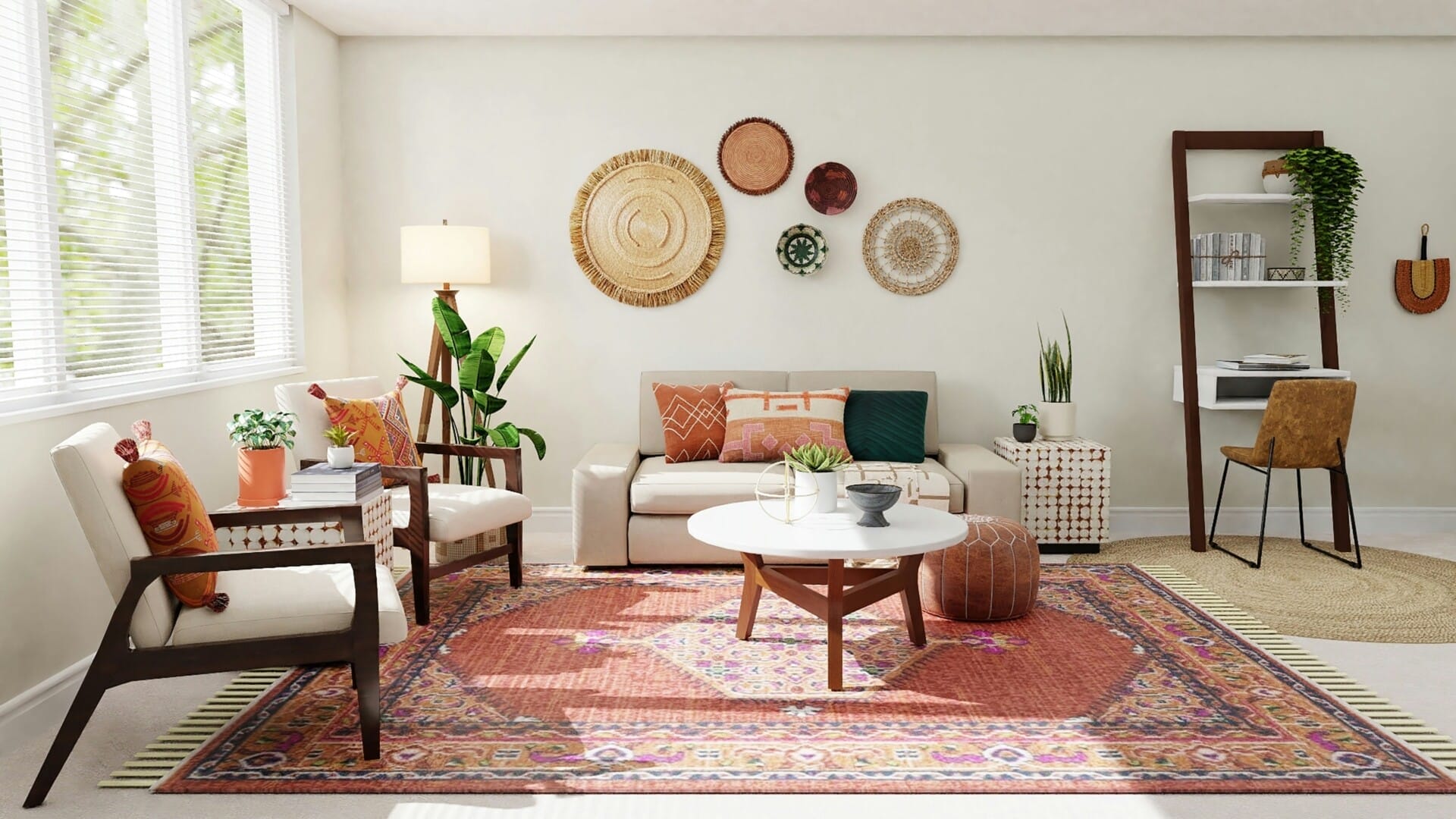
kontraktor rumah
bina rumah
pinjaman lppsa
pengeluaran kwsp
spesifikasi rumah
rumah batu-bata
pelan rumah
rekabentuk rumah
bina rumah atas tanah sendiri
kontraktor rumah selangor
rumah banglo
Source link








